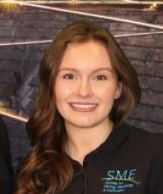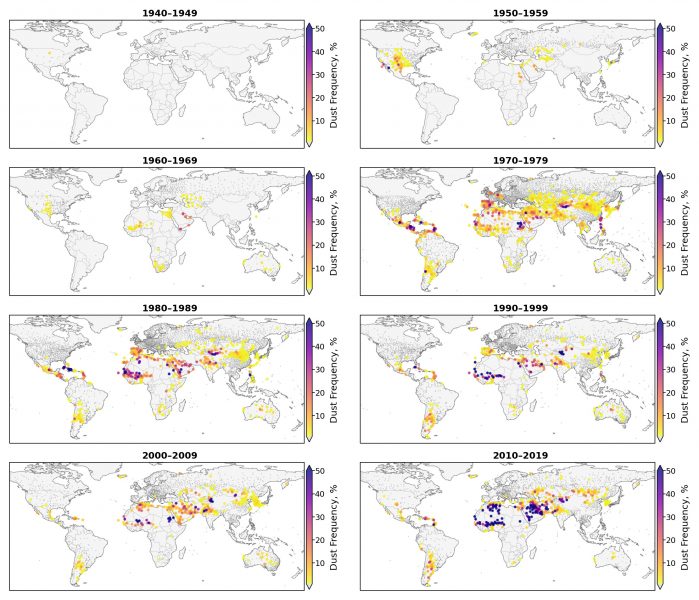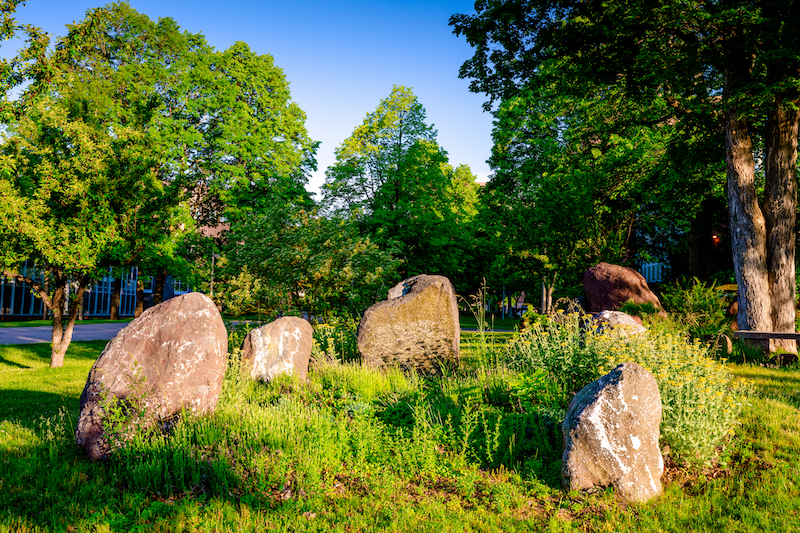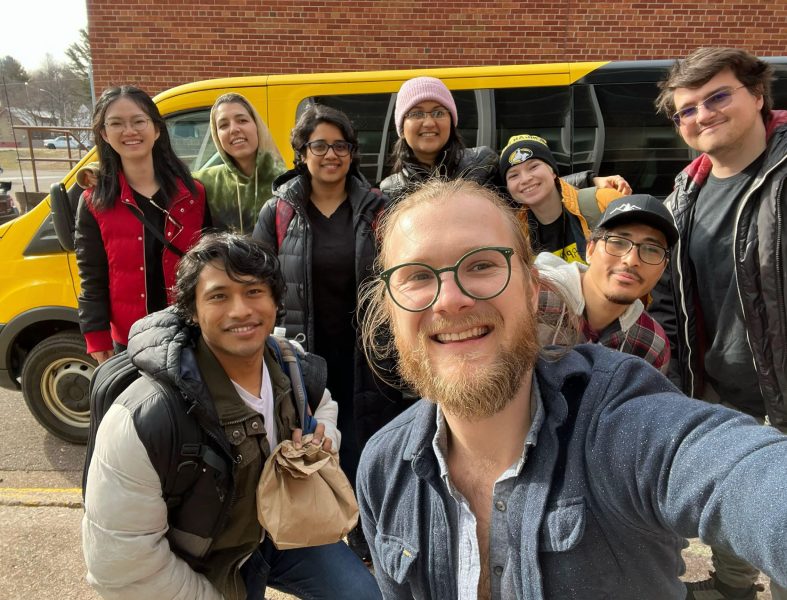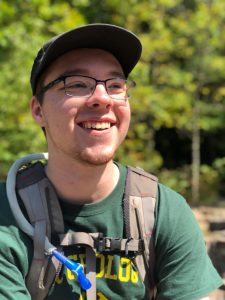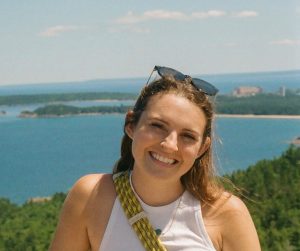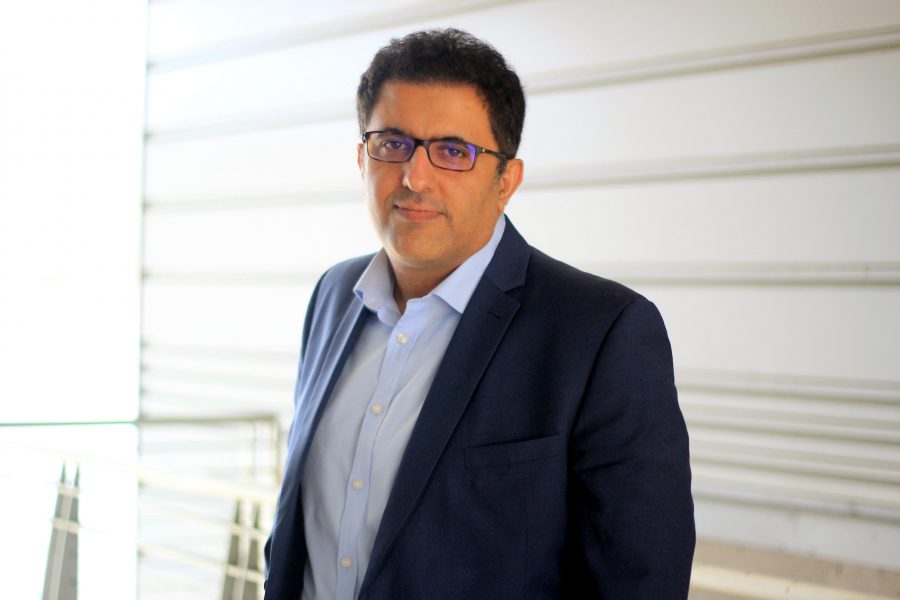Undergraduate Emily Street (mining engineering) was quoted by Mining Engineering Online, the official publication of the Society for Mining, Metallurgy & Exploration (SME), in a story about the impact of SME scholarships on the recipients and their futures in the mining industry.
In April, Street was awarded two academic scholarships by SME: the SMEF/MMSA Presidential Scholarship and the Gerald V. Henderson Memorial Scholarship.
She heard about SME scholarships through SME e-mails and through her advisor, Dr. Nathan Manser. “Dr. Manser always offers to write recommendations and encourages students to join SME,” said Street.
